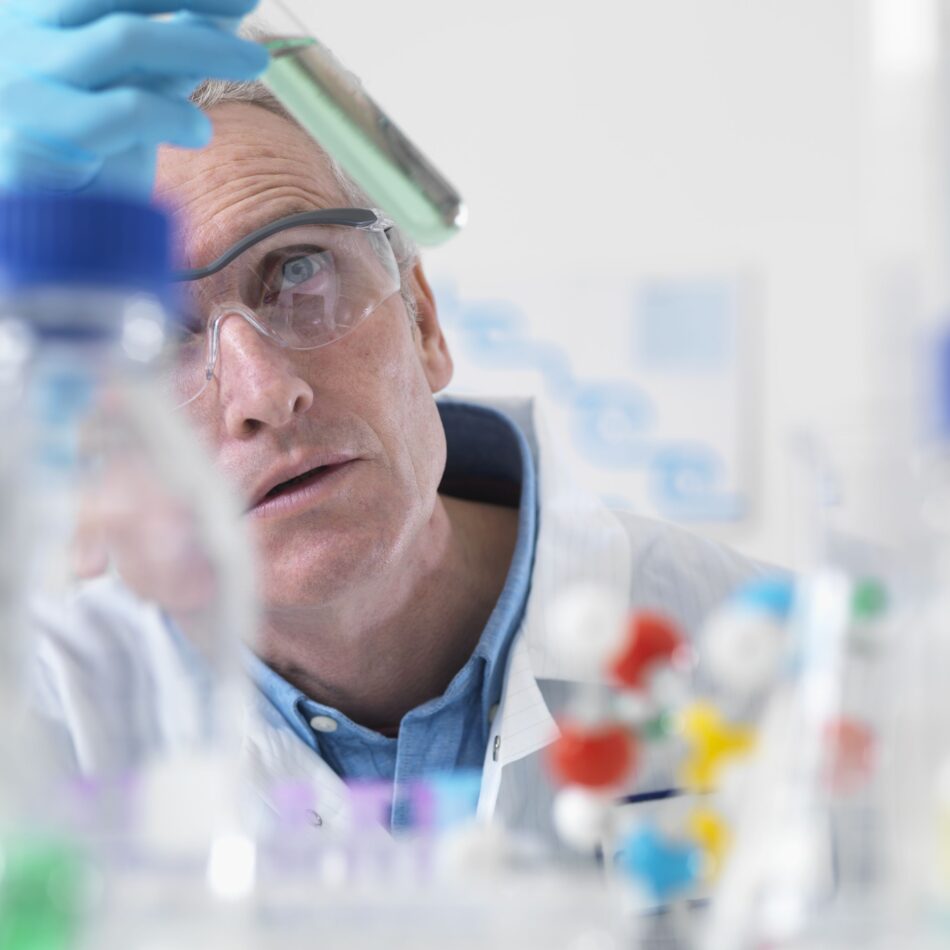The selective isolation or enrichment of specific antibodies from serums, fluids, or cell cultures comes in various forms. Chromatography is among the leading separation and purification methods because of its diversity and the quality of the end product.
As science advances, new resins are being developed that either speed up certain methods or improve the product’s purity. Bioresearch and diagnostic technologies depend on solid antibody purification resins and techniques in order to progress and yield better treatments and diagnostic tools.
Increasing Demand
Research, therapy, diagnostics – three fields in which there’s a growing demand for antibody purification. Although there are many methods of achieving purification, one method in particular has been proven most effective and convenient.
The Importance of High-Quality Protein A Resins
Affinity chromatography is one of the preferred methods for antibody purification. It’s a fast, highly selective method. By choosing the right affinity resins you can simplify the purification process. It involves fewer steps and an easier approach.
What qualifies as a superior quality resin? High stability, high capacity resins featuring a high-flow agarose base matrix. This allows better pressure flow characteristics and as such, a faster maB purification process.
There are a variety of high-quality protein A resins that have uniform particle sizes. Their uses extend beyond affinity chromatography into other methods such as gel filtration, ligand coupling, antion, and cation exchange chromatography.
Monoclonal Antibody Uses
Monoclonal antibodies, or mAB for short, are used in various medical fields. They see increasing use in treating and managing many autoimmune diseases such as Crohn’s disease, colitis, and rheumatoid arthritis.
mABs are also considered in various cancer treatments. There are a variety of antibodies that only bind with antigens specific to cancerous cells.
Diagnostics tests may also rely on mABs. For example, it’s possible to detect specific antigens in tissue sections. Also, you can detect particular substances within live cells or frozen tissue by using immunofluorescence.
Comparison of Purification Methods
Although affinity chromatography is preferred in many situations due to its quick process and quality end product, there are more methods of purifying antibodies.
Cation exchange chromatography causes antibodies to bind to the columns while anions flow freely through it. This is done at a low pH, as opposed to anion exchange chromatography which utilises a high pH substance. Multiple proteins can be separated using this method.
That said, size exclusion chromatography is in many cases more reliable. It’s known that proteins don’t have consistent charge or affinity. But with size exclusion chromatography, although the end result is high quality, the method itself is not, as it offers lower resolution and has a very slow elution time.
Hence the reason why affinity purification is often preferred. It’s not necessarily the cheapest option, given the cost of A/G resins. Yet it’s likely to get a purity level of at least 95% in a single step. It comes down to why the antibodies are needed.
In some fields a 95% purity level won’t be enough. But then, other methods can be used to finish the job.
Praesto AP Resin
One of the most popular and effective agarose-based Protein A resigns, is the Praesto AP. Mainly used in mAB purifications, it’s characterised by its alkaline stability and high productivity. It’s also shown great dynamic binding capacity and better flow performance than most other resins on the market.
Praesto AC Resin
This resin is more cost-effective for mAB purification. It offers stability for up to 20 cycles as well as outstanding pressure/flow performance. Despite its lower manufacturing costs and overall affordability, it can be used in a variety of applications.
It also meets requirements necessary for the production of clinical trial materials. Another benefit is its usefulness in small-scale purification projects. Something that the Praesto AP resin isn’t really suited for.
Human Antibodies are Getting Better
If at one point in time chimeric antibodies were all that laboratories could produce, human antibodies are now being more widely used. Advancements in the field of recombinant DNA has allowed the creation of better humanised, or chimeric antibodies. This has also led to the development of fully human mABs.
The need for better human antibodies? Using fully human products over chimeric products may drastically reduce certain side-effects in various treatments. Hence the importance of choosing high-quality or best-in-class resins in the purification process.
- https://www.purolite.com/ls-product/ac
- https://www.purolite.com/ls-product/ap
- https://www.soinc.org/sites/default/files/uploaded_files/forensics/For_Chromatography3.pdf
- https://en.wikipedia.org/wiki/Chromatography#Ion_exchange_chromatography
- https://www.purolite.com/ls-applications/chromatography
- https://pubmed.ncbi.nlm.nih.gov/24648096/
- https://www.sepmag.eu/blog/antibody-purification
- https://www.sciencedirect.com/science/article/pii/S1045105619301058

